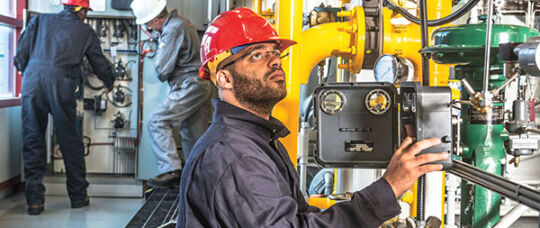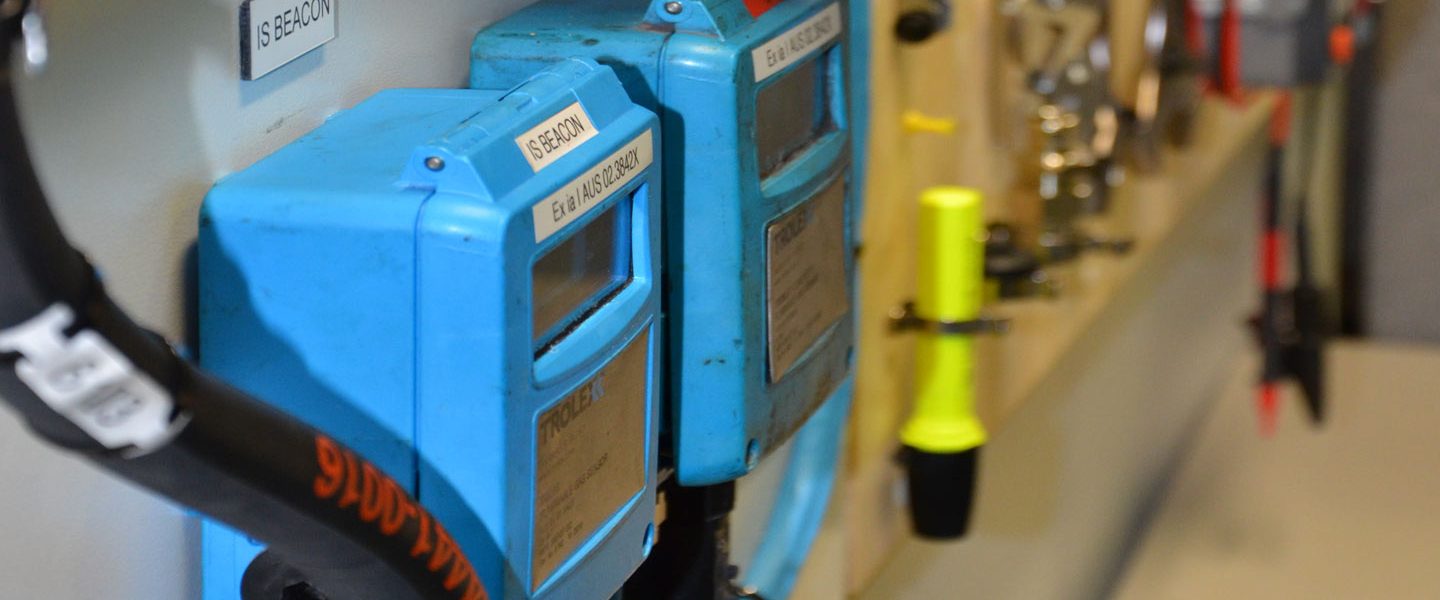What Does Roar Solutions Do?
What Does Roar Solutions Do?
Blog Article
Roar Solutions Things To Know Before You Get This
Table of ContentsGetting My Roar Solutions To WorkRoar Solutions Fundamentals ExplainedThe Roar Solutions Diaries
In order to safeguard setups from a potential surge a technique of evaluating and identifying a potentially harmful location is required. The objective of this is to guarantee the correct option and setup of devices to inevitably prevent an explosion and to guarantee safety of life.
(https://pagespeed.web.dev/analysis/https-training-roarsolution-com-au/mm9wy036rp?form_factor=mobile)
No tools needs to be mounted where the surface temperature of the devices is above the ignition temperature of the provided risk. Below are some typical dirt hazardous and their minimal ignition temperature. Coal Dust 380C 225C Polythene 420C (melts) Methyl Cellulose 420C 320C Starch 460C 435C Flour 490C 340C Sugar 490C 460C Grain Dust 510C 300C Phenolic Material 530C > 450C Aluminium 590C > 450C PVC 700C > 450C Residue 810C 570C The chance of the hazard existing in a concentration high adequate to create an ignition will certainly vary from place to location.
In order to classify this risk an installation is divided into locations of threat depending upon the amount of time the dangerous exists. These areas are described as Zones. For gases and vapours and dirts and fibers there are three zones. Area 0 Area 20 An unsafe ambience is extremely likely to be present and might exist for long periods of time (> 1000 hours per year) or also continually Area 1 Zone 21 A hazardous environment is possible however unlikely to be existing for extended periods of time (> 10 450 C [842 F] A classification of T6 suggests the minimal ignition temperature is > 85 C [185 F] Hazardous location electric equipment perhaps made for use in higher ambient temperatures. This would certainly indicated on the ranking plate e.g. EExe II C T3 Ta + 60C( This means at 60C ambient T3 will certainly not be surpassed) T1 T1, T2, T3, T4, T5, T6 T2 T2, T3, T4, T5, T6 T3 T3, T4, T5, T6 T4 T4, T5, T6 T5 T5, T6 T6 T6 A T Course rating of T1 indicates the maximum surface area temperature created by the tool at 40 C is 450 C. Thinking the connected T Course and Temperature ranking for the equipment are appropriate for the area, you can constantly make use of a tool with an extra rigid Division ranking than needed for the location. There isn't a clear solution to this question regrettably. It truly does depend on the kind of devices and what fixings require to be carried out. Tools with certain examination treatments that can not be done in the field in order to achieve/maintain 3rd party ranking. Have to return to the manufacturing facility if it is before the devices's service. Area Repair Work By Authorised Personnel: Complicated screening may not be required however particular procedures might need to be followed in order for the devices to maintain its third event ranking. Authorized personnel need to be used to do the job appropriately Repair should be a like for like substitute. New part have to be taken into consideration as a straight replacement needing no special testing of the tools after the fixing is complete. Each item of tools with an unsafe rating should be reviewed separately. These are described at a high level listed below, however, for even more thorough details, please refer straight to the standards.
Fascination About Roar Solutions
The equipment register is an extensive database of equipment documents that consists of a minimum set of fields to identify each thing's place, technological specifications, Ex classification, age, and environmental information. The ratio of Thorough to Shut evaluations will be determined by the Tools Risk, which is examined based on ignition risk (the likelihood of a source of ignition versus the chance of a combustible environment )and the hazardous area classification
( Zone 0Area 1, or 2). Applying a durable Risk-Based Evaluation( RBI )strategy is critical for making certain compliance and safety in handling Electrical Equipment in Hazardous Locations( EEHA).
3 Easy Facts About Roar Solutions Described

In regards to eruptive danger, a hazardous location is an atmosphere in which an eruptive ambience exists (or might be anticipated to be present) in quantities that call for special precautions for the building and construction, setup and use of tools. eeha training. In this article we discover the difficulties faced in the office, the risk control measures, and the needed expertises to work safely
It is an effect of modern life that we make, keep or manage a variety of gases or fluids that are deemed combustible, and a variety of dirts that are deemed combustible. These compounds can, in particular conditions, create eruptive atmospheres and these can have significant and tragic consequences. The majority of us are familiar with the fire triangle eliminate any one of the 3 aspects and the fire can not occur, but what does this mean in the context of harmful locations? When damaging this down into its easiest terms it is basically: a mix of a particular amount of release or leakage of a specific compound or product, blending with ambient oxygen, and the visibility of a resource of ignition.
In many instances, we can do little regarding the levels of oxygen in the air, yet we can have significant influence on resources of ignition, as an example electrical devices. Harmful areas are documented on the dangerous area classification illustration and Find Out More are recognized on-site by the triangular "EX-SPOUSE" indicator. Below, among various other vital information, zones are split into three types depending on the hazard, the probability and period that an eruptive environment will exist; Area 0 or 20 is deemed the most harmful and Zone 2 or 22 is considered the least.
Report this page